Bright and Early: How financing pre-primary education gives every child a fair start in life (June 2017)
Reports
A severe lack of investment in early years education is putting millions of children at a disadvantage before they even start school, warns a report from Theirworld. 85% of children in low-income countries do not have access to pre-primary education and more than 200 million children under the age of five are at risk of failing to reach their potential.
Theirworld – Report: Bright And Early: Financing pre-primary education June 2017
Executive Summary
Authors: Asma Zubairi and Professor Pauline Rose
REAL Centre, University of Cambridge
A child’s most important steps happen before they set foot in a primary school. By their fifth birthday, their brain will already be 90% developed and the foundations for success at school and in later life will be in place.
Early childhood, from birth to age five, is the most critical developmental stage in a child’s life. To allow the brain to grow and the child to develop to their full potential, children need quality nurturing care – including play, health, protection, nutrition and early learning.
Without adequate nutrition, children risk their development being stunted, with lifelong consequences. Access to health care is also vital.
Early childhood interventions should support four key developmental domains – physical, cognitive, linguistic and socio-emotional development. However, while progress is being made in some areas, children’s early learning is too often neglected, putting millions of children at a disadvantage before they even start school.
Having a pre-primary education can also have a significant impact on a child’s future prospects in education and in adult life. It’s particularly vital for the most marginalised young children in the poorest countries.
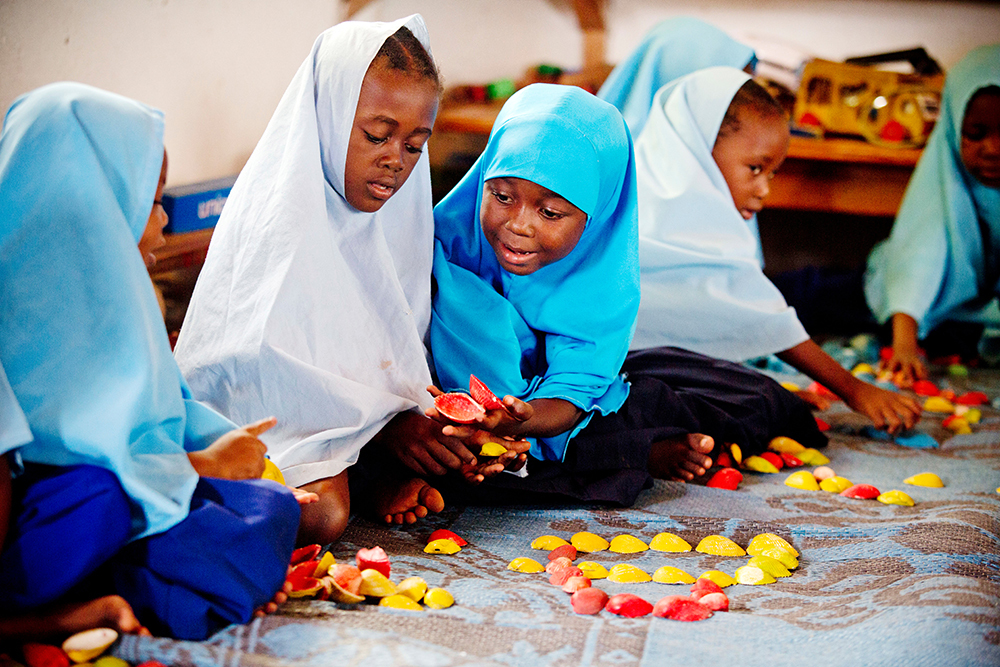
In Mozambique, for example, children in rural areas who enrolled in pre-school were 24% more likely to go on to attend primary school – and show improved understanding and behaviour – compared to children who had not.
Supporting early learning is the best investment a government can make – for the child and the country. Every $1 invested in early childhood care and education can lead to a return of as much as $17 for the most disadvantaged children.
It reduces inequality in the education systems and leads to better outcomes for all children. Pre-primary education is a key foundation to ensure the targets of Sustainable Development Goal 4 (SDG 4) are met for all.
However, despite all the evidence that pre-primary education is vital, millions of children are continuing to miss out on the chance of a great start in life.
Access to pre-primary education continues to be a lottery, dependent upon where a child is born. 85% of children in low income countries do NOT have access to pre-primary education. Compare that with high-income countries, where 82% ARE in pre-primary schools.

A child born in the Latin America and Caribbean region is more than twice as likely to be in pre-primary education than those born in sub-Saharan Africa.
Even within countries, where a child lives can be a major factor. Pre-primary facilities in rural areas of many nations are scarcer and of sub-standard quality compared to urban areas.
This lack of equitable access to pre-primary education means more than 200 million children under the age of five in developing countries are at risk of failing to reach their full potential.
On current trends, the Education Commission says 69% of school-aged children in low income countries are not expected to learn basic primary-level skills by 2030. In sub-Saharan Africa, the poorest rural girls are seven times less likely to complete secondary school than non-poor urban boys.
All of this means that millions of children will not attend school or drop out of classes. Those who do stay on are less likely to have good learning outcomes, are unlikely to complete secondary education and extremely unlikely to make it to higher education.
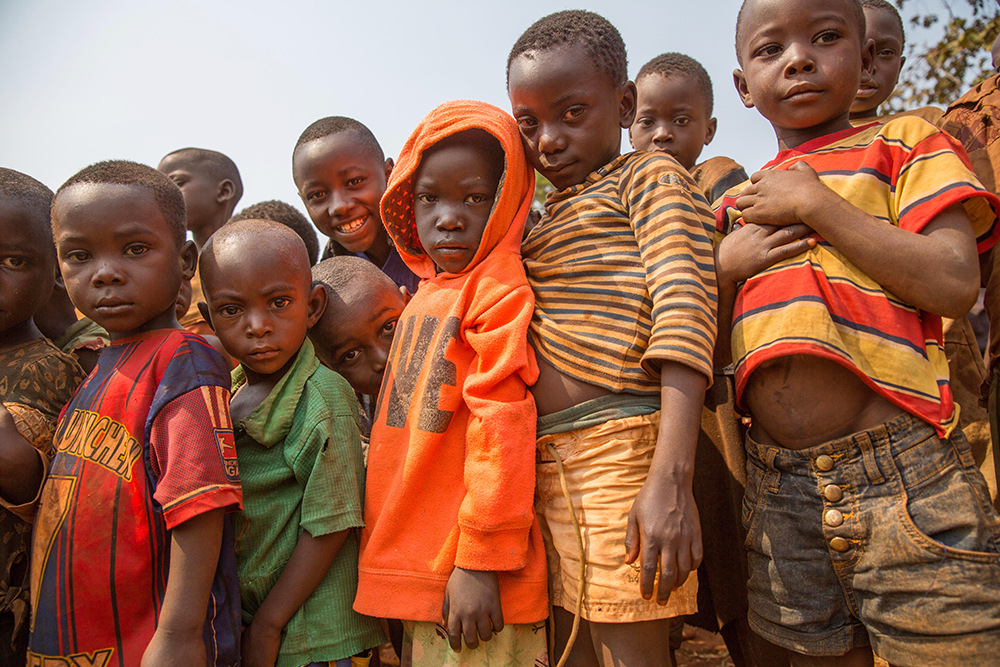
This lack of an educated workforce will also impact on communities and countries, affecting their potential for growth. Much of the blame for this situation lies in the lack of investment in pre-primary education, which is staggeringly small.
Low income countries spend only $7.99 a year on pre-primary education for each child – just two cents a day. That amounts to an average of only 2.9% of total education spending for low income countries, against a recommended 10% of the total education budget. The paltry amounts of funding for early education cannot deliver on the promises made by world leaders.
The SDGs – agreed at the United Nations in 2015 – commit countries and partners to “ensure inclusive and equitable quality education and promote lifelong learning opportunities for all” by 2030.
Included within the education goal is this specific target for early childhood development: “By 2030, ensure that all girls and boys have access to quality early childhood development, care and re-primary education so that they are ready for primary education.”
Of the 193 countries that committed to the SDGs, only 38 currently provide free, compulsory pre-primary education. When it comes to international donors giving to pre-primary education, the picture is equally depressing. There is no major bilateral donor champion of pre-primary education and even multilateral funders are falling short.
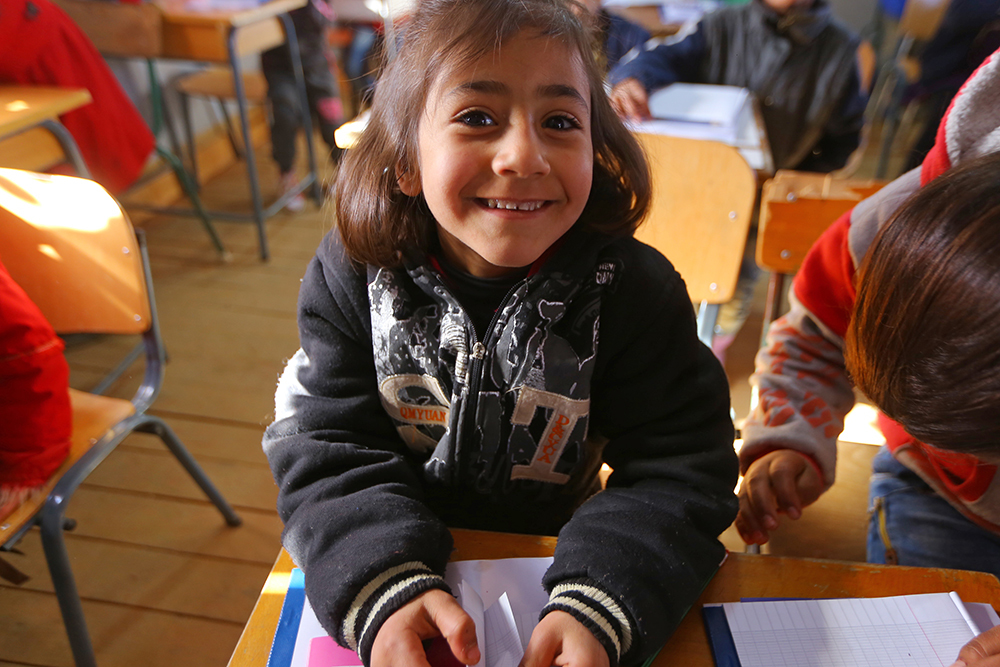
On average, $11.7 billion of Overseas Development Assistance (ODA) was disbursed per year for education between 2012 and 2015. But only $74 million was spent on pre-primary education — just 0.6% of the total.
Even the World Bank, the largest donor that accounts for 43% of all spending in the sector, gives only 2.7% of its total education budget to pre- primary. Of that, less than a fifth went to low income countries in 2015.
In fact, all of the current spending by governments and donors combined adds up to just 11% of the money needed each year from now to 2030 to deliver pre-primary education for every child in low income countries. That compares with 27% for lower middle income countries. Of the 10 countries that received the most ODA for pre-primary education, only three of them were low income nations.
Both national governments and donors are perpetuating inequity in the education system and wider inequalities by failing to support pre-primary, instead they are disproportionately investing in higher education, which favours children from wealthier income groups.
Many countries are spending significantly more on higher education than pre-primary. Of 46 low and lower middle income countries with data, 40 spend a larger share of the education budget on tertiary than pre-primary. Burundi and Malawi – both low income countries – spent close to 1000 times more on tertiary than on pre-primary education in 2013.
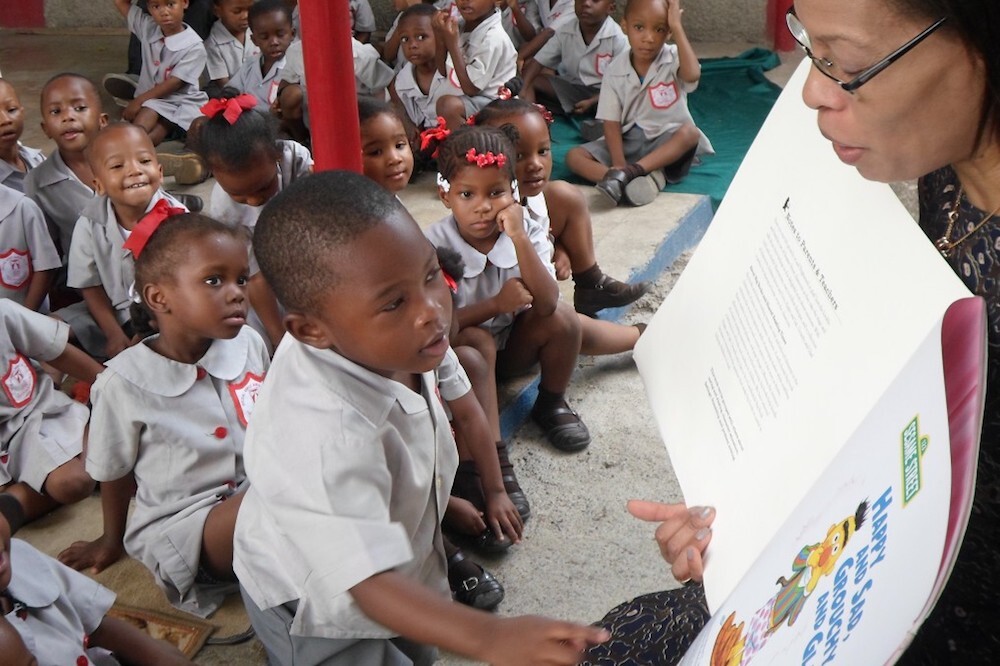
Donor governments also give 26 times more to scholarships to help students study in rich countries in 2015 than to pre-primary. This approach means governments and donors are effectively subsidising education for the richest families.
Poor children missing out on early years education are much less likely to reach higher education. In sub-Saharan Africa, only 1% of the poorer half of the population will enter into higher education – but this sector receives disproportionately higher levels of funding.
A greater proportion of resources needs to be targeted towards pre-primary education. This means a new approach to funding is needed to tackle the problem.
SDG 4 will need to take greater measures to support those children at risk of being left behind, including children from poor socioeconomic backgrounds, those living in rural areas, those discriminated against, children impacted by HIV/AIDS and other global health setbacks, girls and those facing multiple disadvantages.
It is time for governments and the international community to back up their words with actions. They say early child care and education is important – but now they need to prioritise pre-primary in their education policies and allocate sufficient resources to get every child in every country into free, quality pre-primary education.

This means countries must increase the amount and the percentage of their total education spending towards free and compulsory pre-primary services – and ensure that funds are targeted towards the children who need the most help.
Donors have to do exactly the same, increasing the share of their total ODA (aid) for education to pre-primary and ensuring the most marginalised and vulnerable children are prioritised.
The establishment of an International Finance Facility for Education (IFFEd) – similar to the one that exists for funding global vaccines – would help to fund overall education spending and be able to better target resources to pre-primary education. The G20 countries should approve the IFFEd as part of an overall process of backing pre-primary education.
As a central part of quality early childhood development, pre-primary education is vital: without universal access to pre-primary education many of the SDG targets will not be met.
This includes the global community’s promise of SDG 4 – quality, inclusive education and lifelong learning for all. This paper shows that pre-primary education has not yet achieved the level of priority necessary in domestic policies and budgets, with nearly all low income countries dedicating less than 5% of their education budgets to pre-primary education.
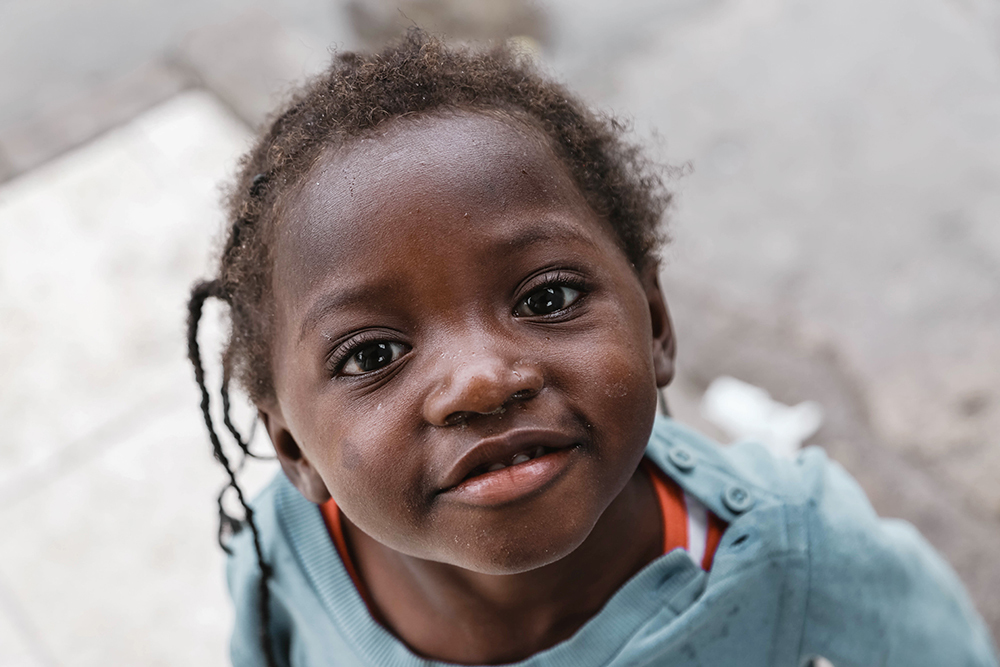
The most disadvantaged, marginalised and vulnerable, who stand to gain the most from investments in pre-primary education, are frequently left behind. Moreover, the international community has not kept pace to incentivise governments to invest in pre-primary education – less that 1% of ODA is dedicated to pre-primary education.
Major bilateral and multilateral actors are not using the little resources available to best effect to impact the most disadvantaged.
We conclude with recommendations which would increase the domestic prioritisation of pre-primary education, improve international financing for countries willing to make early childhood care and education a priority, and facilitate the data necessary to make sustained gains and impacts.
Headline recommendations
Between now and 2030, the cost to roll out universal and free pre-primary education in low and lower middle income countries is estimated at $44 billion per annum.
Current estimates on spending by governments and donors on pre-primary spending equate to just over $11 billion. Financing recommendations presented below propose ways in which more and better resources are available to meet the financing needs
to ensure universal access to pre-primary education by 2030.
These recommendations are based on the Education Commission’s call for full public financing for two years of pre-primary education in all countries.
- National governments should increase the overall share of national resources for education and begin reorienting their education budgets to ensure two years of free pre-primary, with funding in place by 2020 to allocate at least 10% of their education budget to this sector.
- National governments should review and update national policy in line with commitments to provide free pre-primary to all children, ensuring progressive universalism, which begins by targeting the most disadvantaged.
- ODA resources (aid) to pre-primary education should increase in volume and sufficiently target resources to benefit the poorest, with at least 10% of all education ODA targeted to pre-primary, including in humanitarian crisis.
- The World Bank should allocate at least 10% of its education budget to pre-primary and prioritise support for the low income countries, up from its current commitment of 2.7%.
- The Global Partnership for Education increase allocations to pre-primary from 4% to at least 10% of its budget.
- UNICEF should reverse the decline in funding to pre-primary education and ensure at least 10% of its education budget is spent on pre-primary education.
- The G20 should call on the World Bank and regional development banks to establish the International Finance Facility for Education (IFFEd) to increase overall available resources for education globally, and the IFFEd must mobilise, front-load and better target resources to pre-primary education.
- All humanitarian response plans should include targets holistically addressing the needs of children ages 0-5, and Education Cannot Wait, the recently launched fund for education in emergencies, should prioritise pre-primary education and early cognitive support as part of initial emergency investments and long-term strategy.
- There must be regular collection and management of information on early childhood care and education (ECCE), including what funding is being spent on and where it is coming from.
Pictures: UNICEF/Holt, UNICEF/Beechey, Theirworld / Hussein Baydoun, stock images.